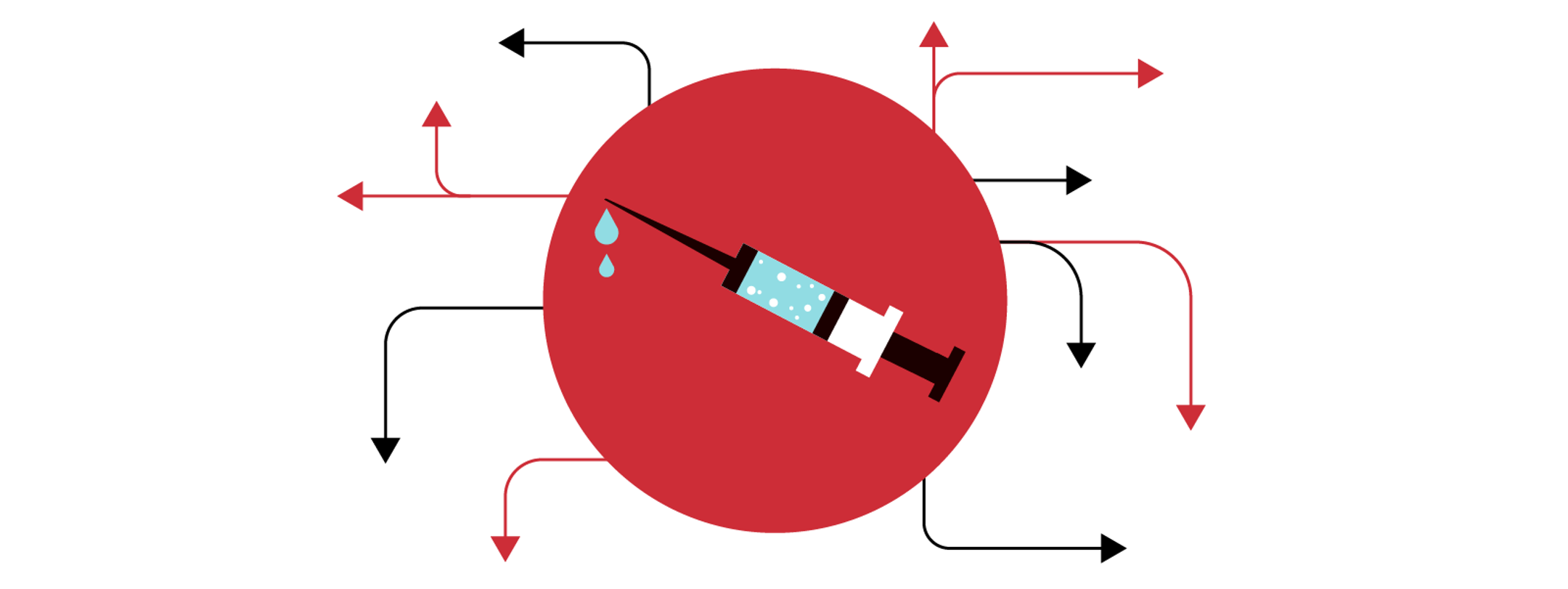
Tracking who’s been immunized against COVID-19 and where people can find vaccines to take — tasks considered crucial to wiping out the virus — will be a massive and complex undertaking.
A jumble of interconnected state and federal databases will make it work. Their names range from the bland to the mysterious, and their vintage ranges from first-generation apps to ancient code written for mainframe computers.
Tracking the COVID-19 vaccine
They will be put to the test very soon. More than 2.9 million doses are being shipped this week to hundreds of sites around the United States, the result of breakneck drug development and a colossal logistics effort involving the military, several government agencies, academic and private partners, 64 individual jurisdictions and thousands of vaccination sites.
A failure to accurately track vaccine movements could delay shipments or lead patients to miss vital second doses of the vaccine.
Each step along the way, people who touch the vaccine are collecting and exchanging data — from the vaccine manufacturing facilities to state health departments to vaccination sites.
It all boils down to two main types of information: who has been injected with the vaccine (the demand), and where each vial of vaccine is located (the supply).
Every COVID-19 vaccine dose is allocated by the federal government’s Operation Warp Speed, ordered by states and tracked by shipping companies and then hospitals, clinics, long-term care facilities and other vaccination sites. Systems then track who gets the vaccine and report back to the federal government. There are also systems in place to log adverse reactions and patient follow-up, too.
“It’s a suite of integrated tools and resources, some old and some new,” said Jim Blumenstock, chief program officer for public health practice at the Association of State and Territorial Health Officials and former deputy commissioner of health for New Jersey. “A lot are being test-driven as we speak.”
Keeping tabs on all the data sources is a nerve center known as Tiberius (the middle name of Captain James T. Kirk from Star Trek, the show that inspired “Warp Speed”). Tiberius will monitor details of where the vaccine is moving and who’s received injections — although personal identifiers will be removed before federal contractors and authorities at the federal, state and local levels view the data.
The following is by no means an exhaustive list but rather some of the key components along the chain. Nor will these tracking tools answer every essential vaccine question people may have — such as, “When am I eligible?”. Experts recommend consulting your doctor or local health department website.
Colonel R.J. Mikesh, information technology lead for Operation Warp Speed, said on a Dec. 7 call with reporters that there could be more than 100 data systems involved in the effort, including software from health care company McKesson, the operation’s chief central distribution partner, as well as inventory management systems from package carriers FedEx and UPS. Walgreens and CVS, each with their own data management systems, will also be coordinating data from their vaccination sites.

0 Comments